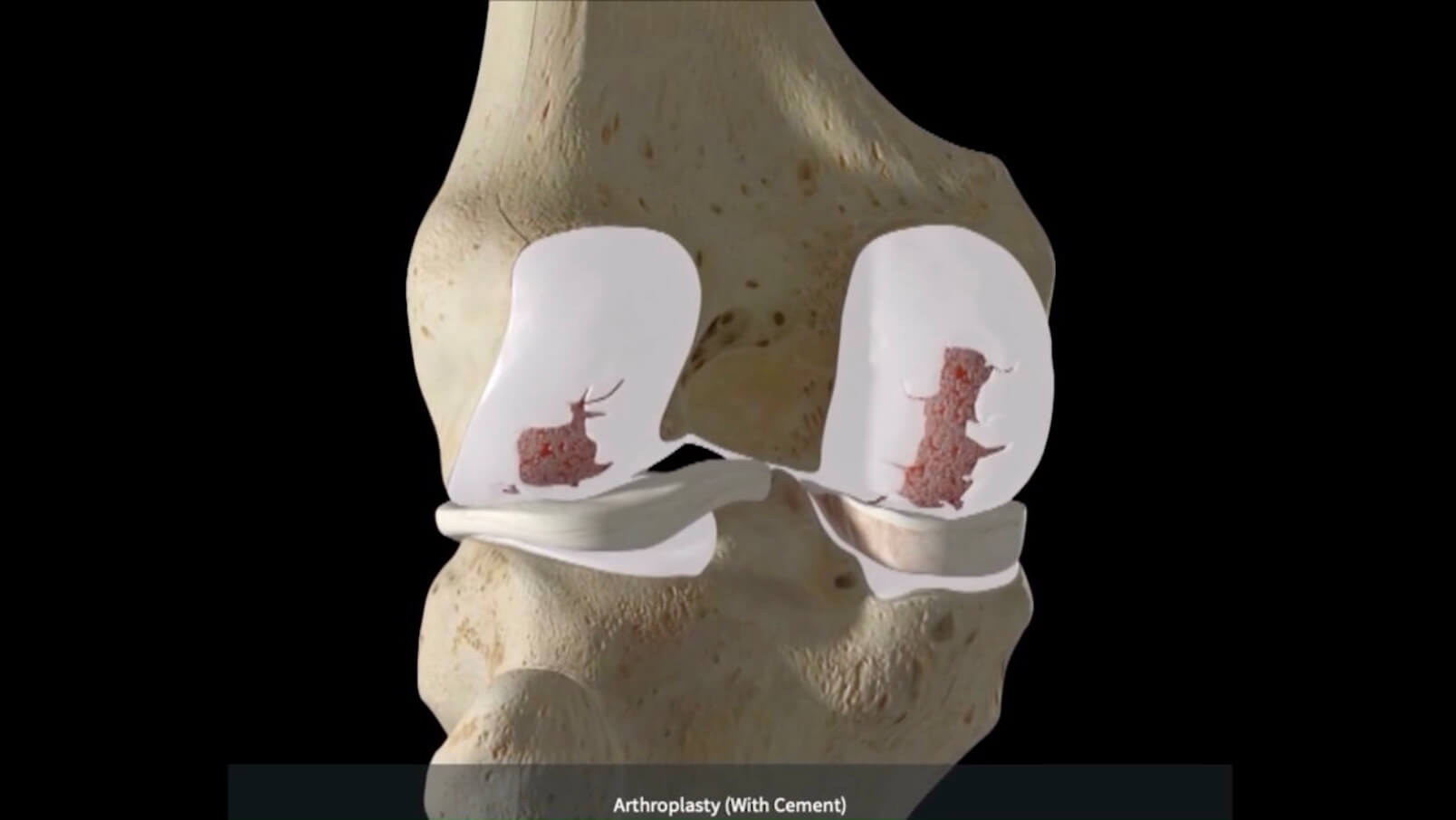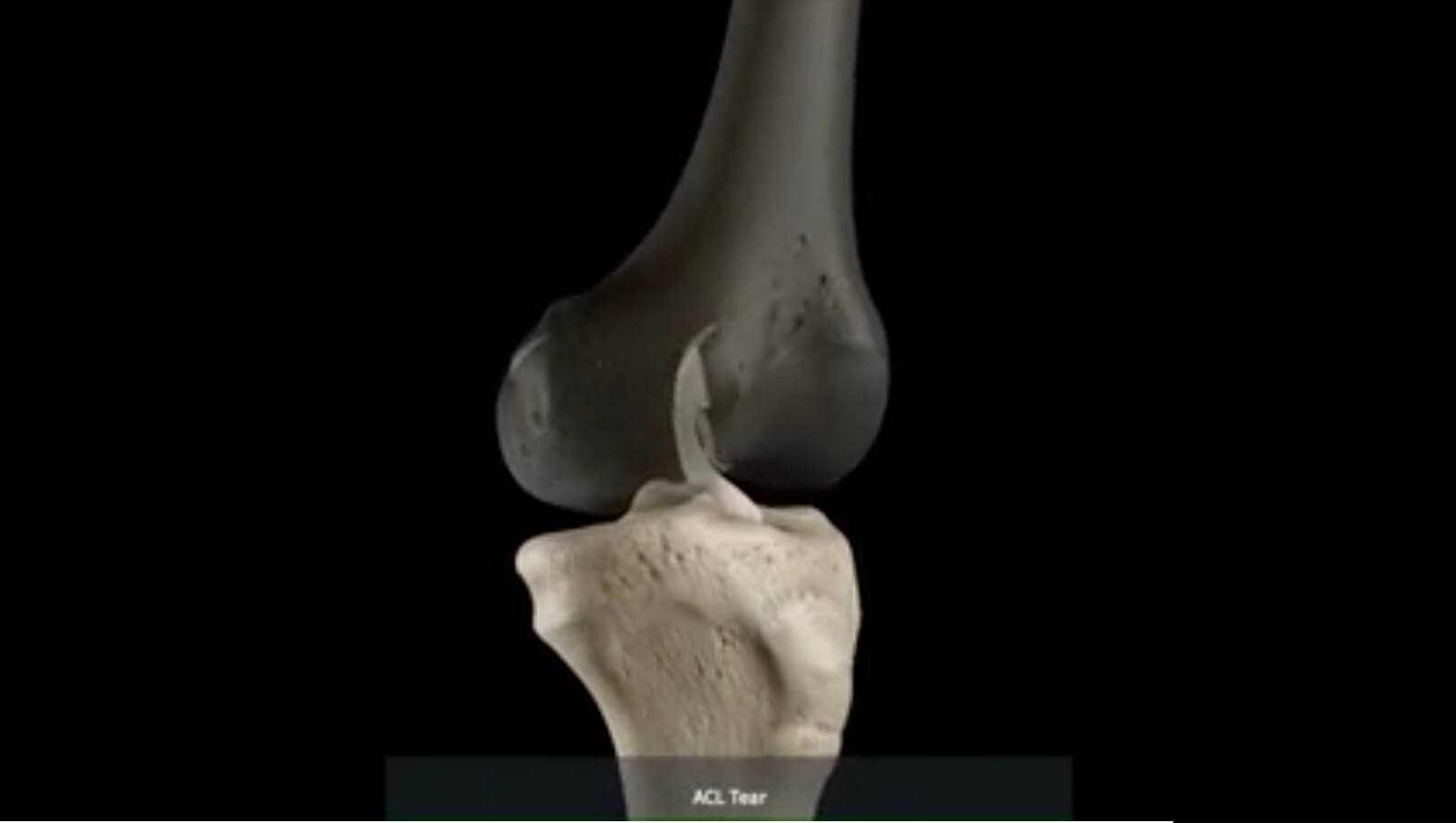Knee Surgery Videos
Knee Bakers Cyst
Knee Bakers Cyst

Knee Bakers Cyst
Knee Meniscus Bucket Handle Tear
Knee Meniscus Bucket Handle Tear

Knee Meniscus Bucket Handle Tear
Knee Patella Tendonitis
Knee Patella Tendonitis

Knee Patella Tendonitis
Knee Patellofemoral Pain Syndrome
Knee Patellofemoral Pain Syndrome
























